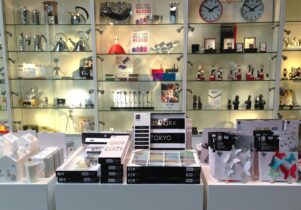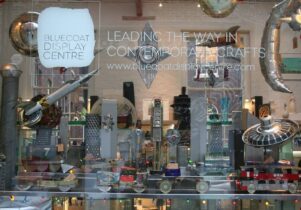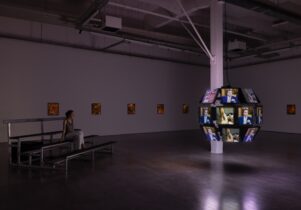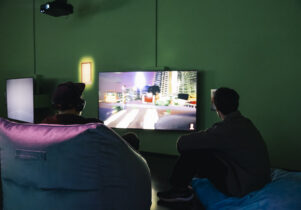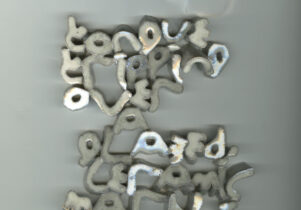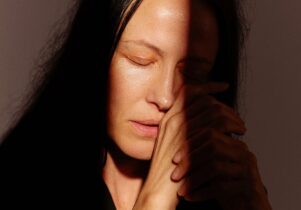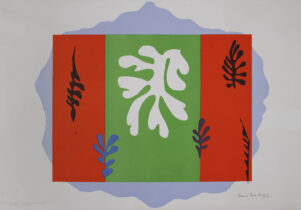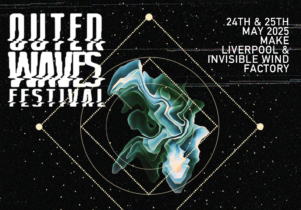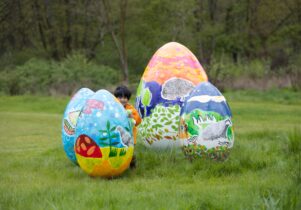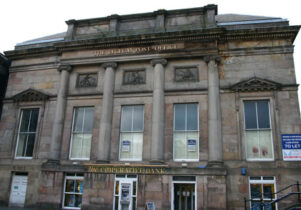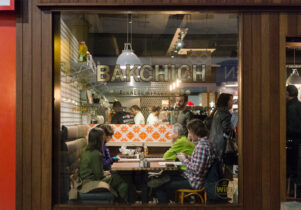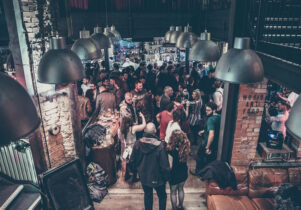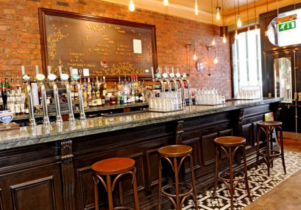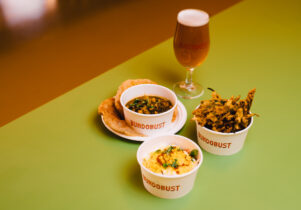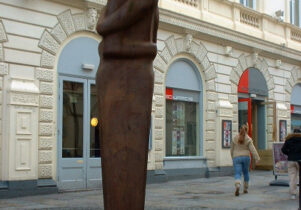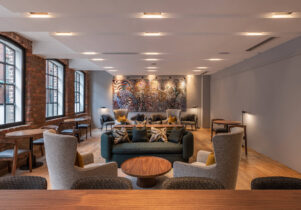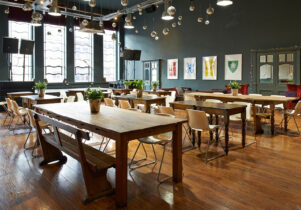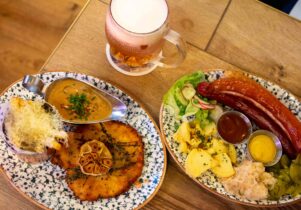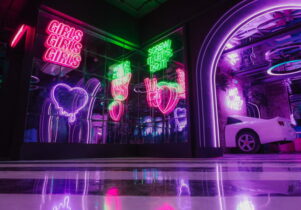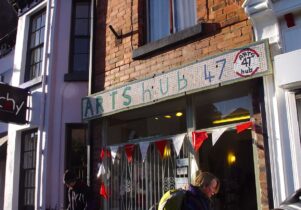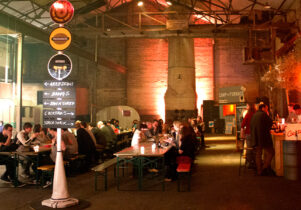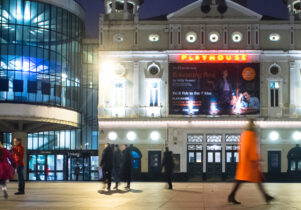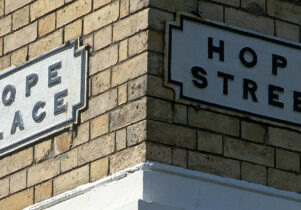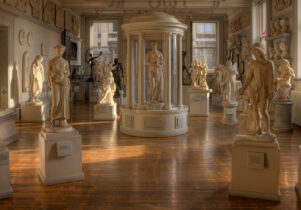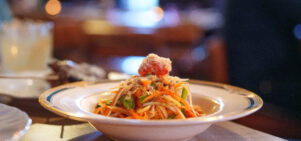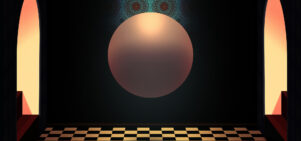Utility
Susie Stubbs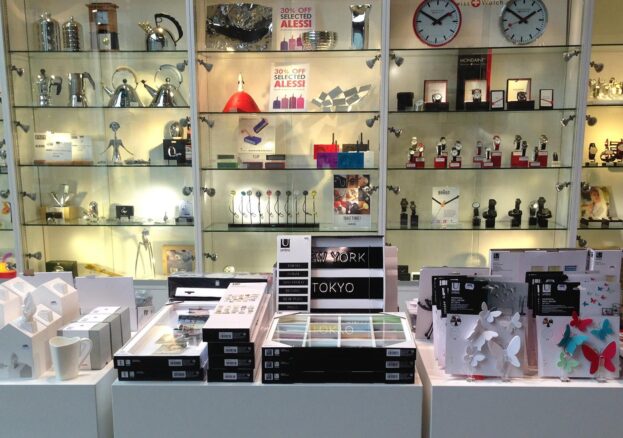
Here’s how a design, interiors and furniture store took on a high street giant – and won.
It wasn’t that long ago that Bold Street appeared to be on its uppers. The Liverpool shopping street so successful it was once dubbed the “Bond Street of the North” had a few too many empty shops, and the monstrous success of the newly created and neighbouring Liverpool ONE shopping district appeared to be sucking the independent retail life right out of it.
Yet despite the odds, Bold Street today is doing pretty well – and that’s partly thanks to those independent shops that hung on in there through the worst of economic times. Of them, Utility, while not being the oldest (Asian supermarket Mattas and campaigning bookstore News from Nowhere could surely stake a joint claim), is one of the more interesting retailers on this small stretch of Liverpool retail estate.
Utility opened in 1999, long before the city had even a passing glance at the Capital of Culture crown, and at a point when Ropewalks – the creative quarter set up to encompass Bold Street and venues such as FACT – was just a historical footnote, a phrase that reminded people only of Liverpool’s maritime and rope-making past. Even FACT had yet to open; until 2003 it was a venue-less agency that operated out of a cramped back room at the Bluecoat.
But the interiors and design store opened anyway, its owners having cut their teeth at Coffee Union, then one of Liverpool’s few independent coffee houses (it’s now Bold Street Coffee). When Utility opened, this first store, showcasing contemporary jewellery, stationery and design-led homewares from the likes of Alessi, felt like a one-off. It certainly had few competitors, and did so well that expansion was inevitable: Utility Gift Store moved first to bigger premises and then opened a second shop on Bold Street – today this is the only one you’ll find in the area. The larger shop which focused on homeware closed down a few years prior but it’s not all bad news – if it’s furniture you’re after, you’re in for an absolute treat. In 2024 Utility opened its very own showroom, The Flint, full of luxurious sofas, shiny lamps and modernist coffee tables in the Baltic Triangle (2 Flint Street) – a 15-minute walk from Bold Street.
Utility opened another branch in 2010, this time in Liverpool ONE itself. Liverpool’s answer to the Trafford Centre, this £950m development is the UK’s largest open-air shopping centre, its prosperity undimmed by continuing a-grumblings about its impact on independent retail in the city. But the outpost of Utility here holds its own among neighbours such as John Lewis, and despite feeling somehow less of an indie here than it does just up the road on Bold Street – something to do with the new-build glass and glossiness of the shop unit it occupies, perhaps – it still flies the flag for regional design. Gifts, cards, mugs, presents for hip toddlers (or more accurately their parents), prints, clocks, books and bags abound, with many items made in Liverpool or the UK – the range of leather satchels made in the city, for example.
Given how tough times have been lately, there’s no question that Utility is a Liverpool success story. Any independent shop that can look a retail juggernaut such as Liverpool ONE in the eye and come out the other side with a smile on its face (and a purple bin-shaped pen holder in its hands) – well, that’s the kind of indie store that gets our vote.
